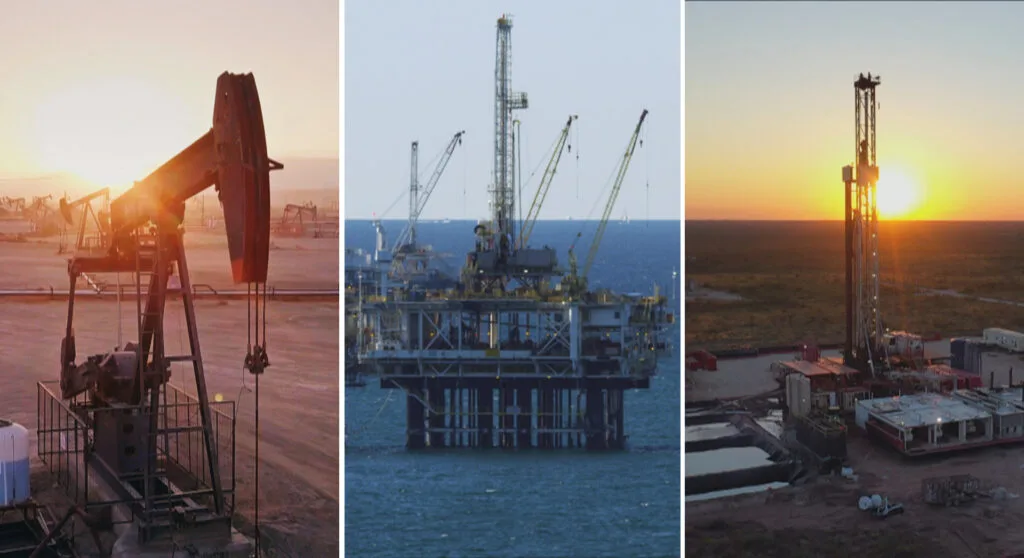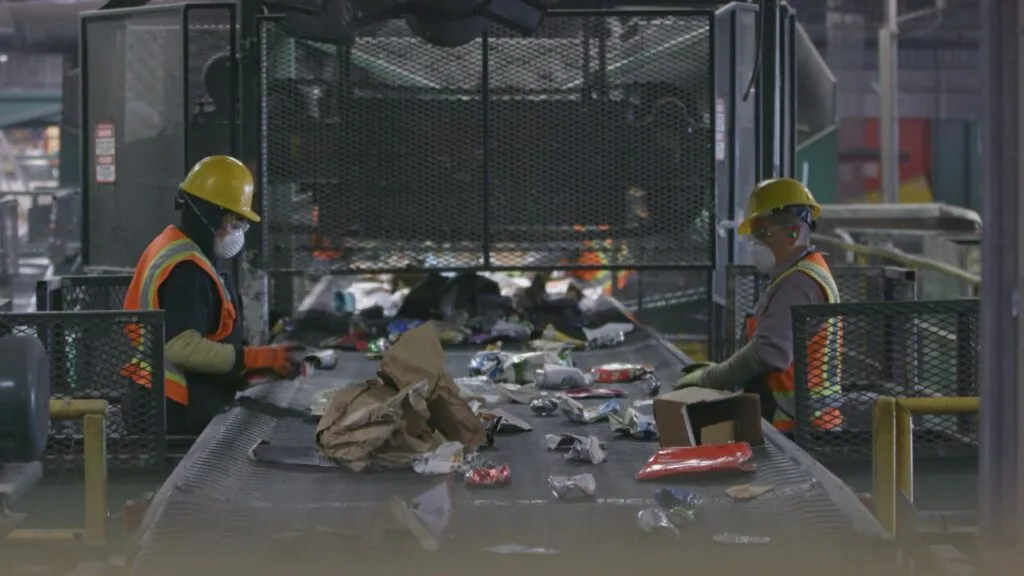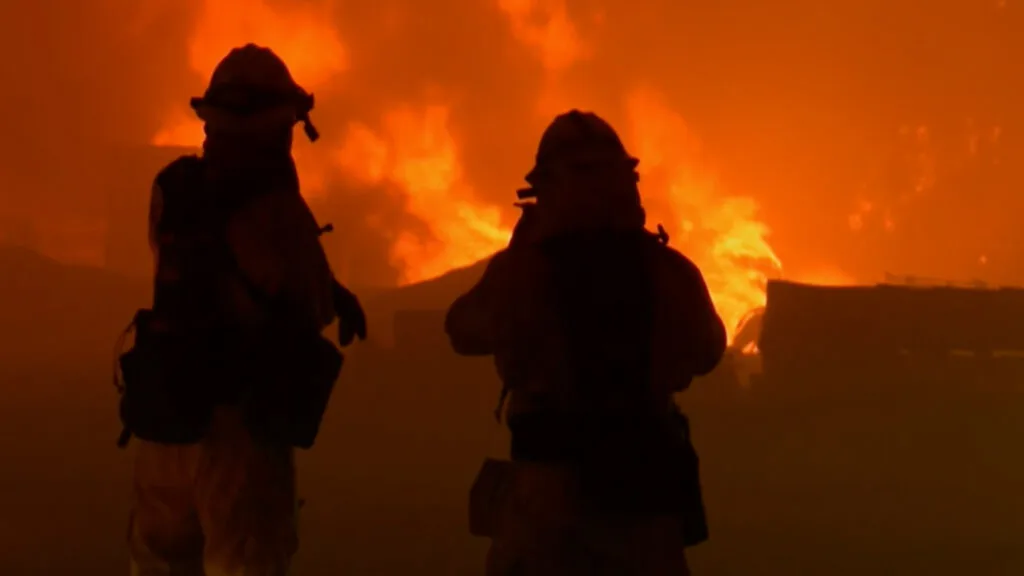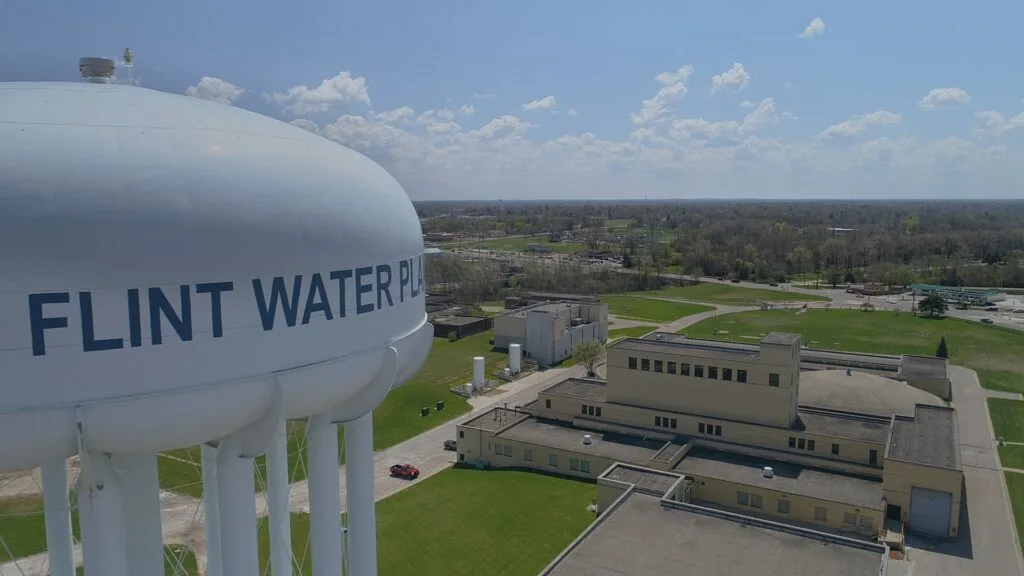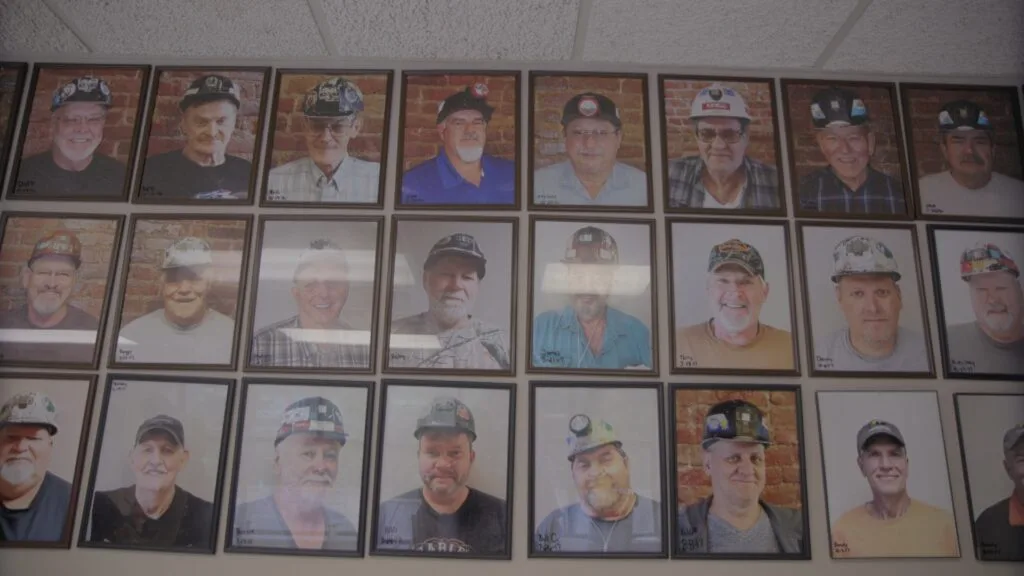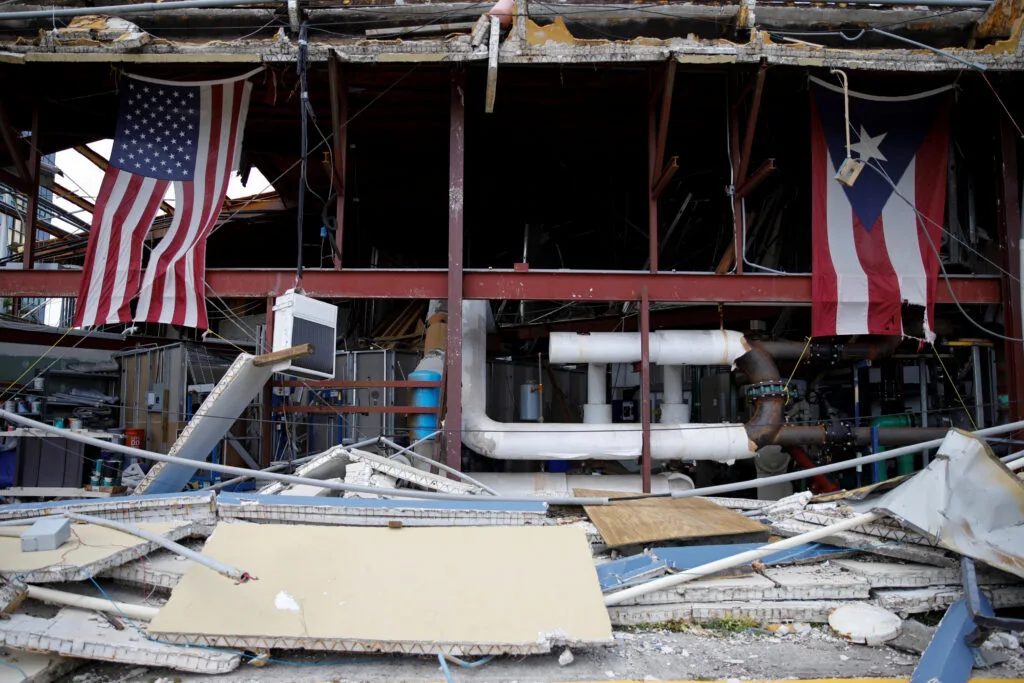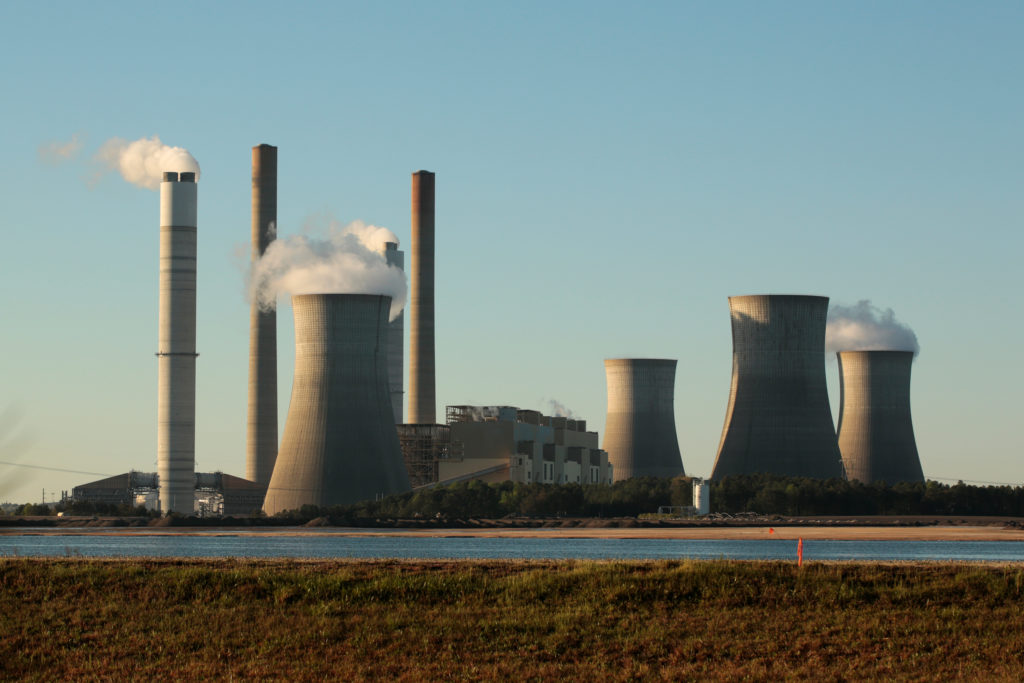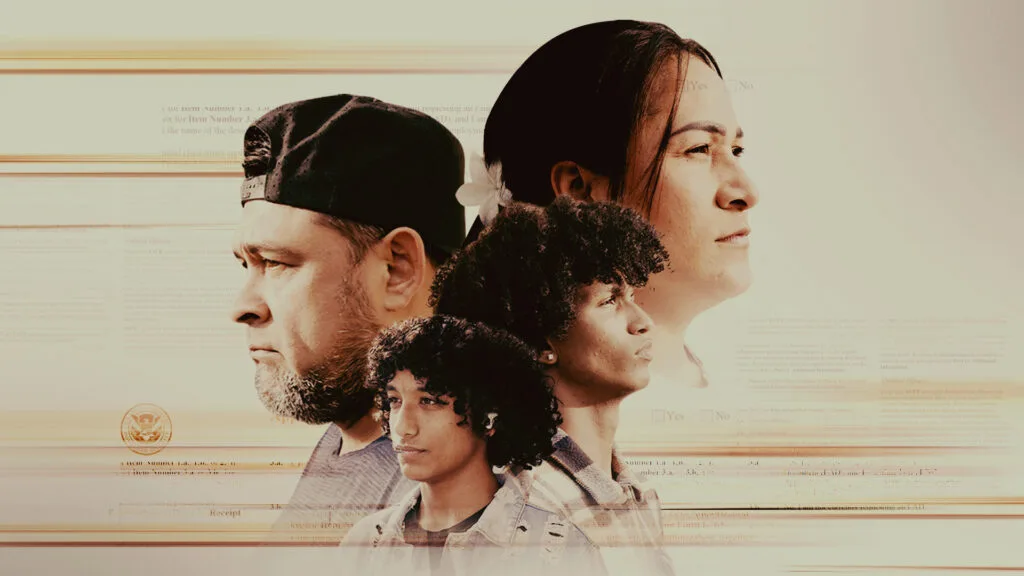How Filmmakers Documented Challenges Faced by ‘Alaska’s Vanishing Native Villages’
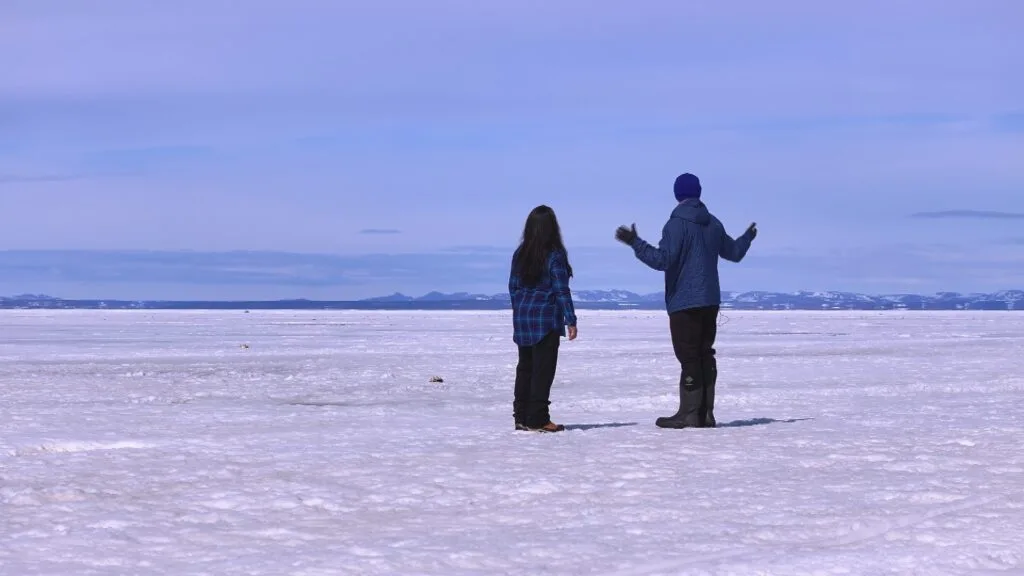
April 22, 2025
Share
Alaska Natives have faced warming temperatures, land erosion and flooding for years. They’re searching for solutions to fortify their villages against the effects of climate change — and in some cases, they’re grappling with the possibility of relocation.
That struggle for survival is the subject of Alaska’s Vanishing Native Villages, a new documentary from FRONTLINE and the Howard Center for Investigative Journalism at Arizona State University that examines how those communities are fighting to preserve their way of life, which relies on harvesting foods from the sea and the land.
In a conversation with FRONTLINE, writer, director and producer Patty Talahongva and producer Lauren Mucciolo, joined by co-producer Belén Tavares, share how the documentary came together and break down the challenges of filming in remote areas of Alaska. The filmmakers travelled to villages and towns near the Bering Sea and the Arctic Circle, to speak to residents and local leaders about the tough decisions they’re having to make and the prospect of relocation.
This interview has been edited for length and clarity.
How did you get the idea for this documentary?
Talahongva: I first reported on climate change and the impacts on Alaska Natives more than 20 years ago and the elders told me that they had been seeing changes in their environment. They were concerned about what’s happening. So when I had this opportunity to work on a film for FRONTLINE, I pitched this idea and I knew I wanted to go out to Alaska Native villages along the Bering Sea coastline and the Chukchi Sea. They are really facing the threats of rising sea levels and the melting of the permafrost, or frozen ground, in that area. So we really wanted to shine a light on their story and what’s happening.
And what are some of the obstacles they’re coming up against in solving those issues?
Mucciolo: One of the biggest challenges we heard from tribal leaders and local organizations is that there’s no single agency that can meet all of a village’s needs with the resources, the funding, and the problem solving to be able to either protect in place or maybe do some retreating. And then, relocation is the most extreme example of what villages will have to do to survive this challenge.
There’s also not a tremendous amount of data available that can inform these communities’ resilience efforts or planning. A lot of these communities know their land. They can tell you how the land has changed. They can tell where erosion is taking place. But that deep traditional knowledge hasn’t always been recorded or used in the same way as quantifiable data. So the challenges are vast — from not having a lot of resources and the data just being so challenging.
You travel to three villages in the film. How did you decide which locations to focus on?
Talahongva: When I was trying to reach some of these outlying villages, no one was getting back to me. So my friend Darlene Johnson put me in touch with Marie Acemah who runs a nonprofit program called See Stories. They sent me some videos by students and one girl had interviewed an elder in Chevak. The elder said that when he was a young boy, he could dig just eight inches into the ground and he would hit the permafrost, which is basically hitting a block of ice. And today he has to dig all the way up to his waist. That’s how much he said permafrost has thawed in his lifetime. So I said, “Let’s go talk to that guy. Let’s talk to the young student and ask what she learned from this.” And that’s how we ended up in Chevak, Alaska.
Then our local guide said Hooper Bay is having a climate change meeting. They were holding community meetings on climate change and how they were going to address the situation there, so off we went. We took snow machines and we went to Hooper Bay. And then, we also met another woman who is from Kotzebue, and we got to talk to her about the big seawall they built to protect Kotzebue from the ocean waves. So we arranged to go up to Kotzebue to see what’s going on up there.
You mentioned you traveled from Chevak to Hooper Bay by snowmobile. Can you talk about filming in such remote areas? What challenges did that present?
Talahongva: Let me tell you, we were on snow machines, and when we left Chevak, it was a beautiful sunny sky with some clouds. And halfway there, the clouds just rolled in, blocking out every bit of sun. And we’re still going full blast down this trail. And it was a whiteout. You couldn’t see. I’m like, “How do you know where we’re going?” Because we know that to our left there’s a river. And if it’s not totally frozen over, we could possibly fall into water. But they had GPS, and they were following the little line on the cell phone.
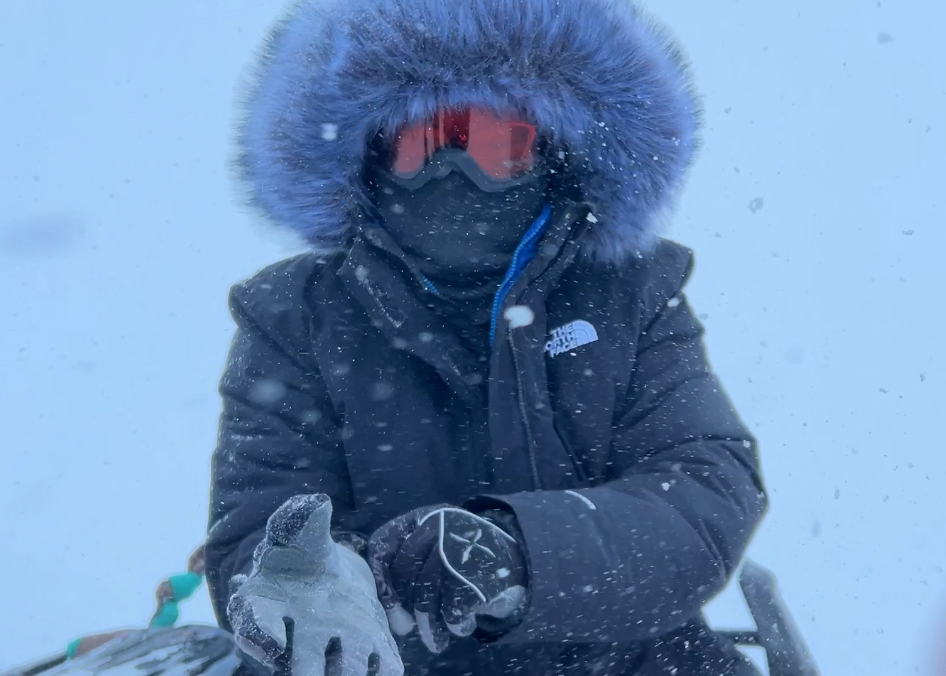
Talahongva: Generally, you need a contact in the villages. You need somebody to help guide you because these are places that do not have hotels; they do not have restaurants. We packed all of our food, our water. We packed our provisions, our sleeping bags. And it was pretty rough there. I slept in a cot with my sleeping bag and we’d wake up in the morning and you could see your breath. All the windows were boarded up to keep the warm air inside.
Mucciolo: I think part of the reason why we don’t hear more about these communities is because of what it takes to be able to do in-depth reporting in these communities.
What were some of the surprises that came up during reporting and filming? Did making the documentary change your understanding of the region and the issue?
Mucciolo: I didn’t know what to expect in visiting these communities. These are such isolated communities that are actually structured very differently from the way Native American communities are structured in the lower 48. But from a climate perspective and understanding the science about that, I couldn’t imagine that the situation would be this dire. I had some awareness that coastal communities are struggling with things like erosion. But I didn’t really know what permafrost was before starting this project. So there was a lot of learning going on. But I think, the thing that’s really stuck with me is like, “Wow, these people are in trouble in such a severe way. Who would have thought it would be this urgent?”
Tavares: Something that was very surprising for me is how Alaska is a vast territory, but only specific areas are habitable. And talking about climate change, of course, it is a current, pressing issue. As Lauren said, it’s very urgent and you can really see the erosion in those areas.
Patty, you share in the film how some of the Alaska Native people’s stories resonated with you and your experiences trying to hold on to your family’s Native traditions growing up in Denver. Could you share a bit more about your personal experience?
Talahongva: My family had moved from our Hopi reservation in Arizona, to Denver, where I was born. We used to have these marathon family trips in the winter time when we had our winter ceremonies. My dad in Denver, Colorado, was a baker. And he would get off at two o’clock in the afternoon. My mom would have the station wagon all packed up, and they would drive nonstop from Denver, tag team driving, to Second Mesa, Arizona. Then once we got to the reservation, he would go into our ceremonial chambers and stay there until Sunday morning. And then they would reverse the process. We’d get back in the car, drive all the way back to Denver. And that was, that’s a lot to do, but that was my father’s commitment to our religion.
When our cultures, our religions are interrupted by relocation, how do you continue to hold on to these cultural ways? In the film, you hear Agatha talking about the Qaygiq, the place of learning, and how her father would tell them to go down there. And she would go down there and listen so that she was grounded in Yup’ik values. And that’s basically what my dad was doing too.
These are our values. This is our religion. This is our way of life. So relocation really harms that.
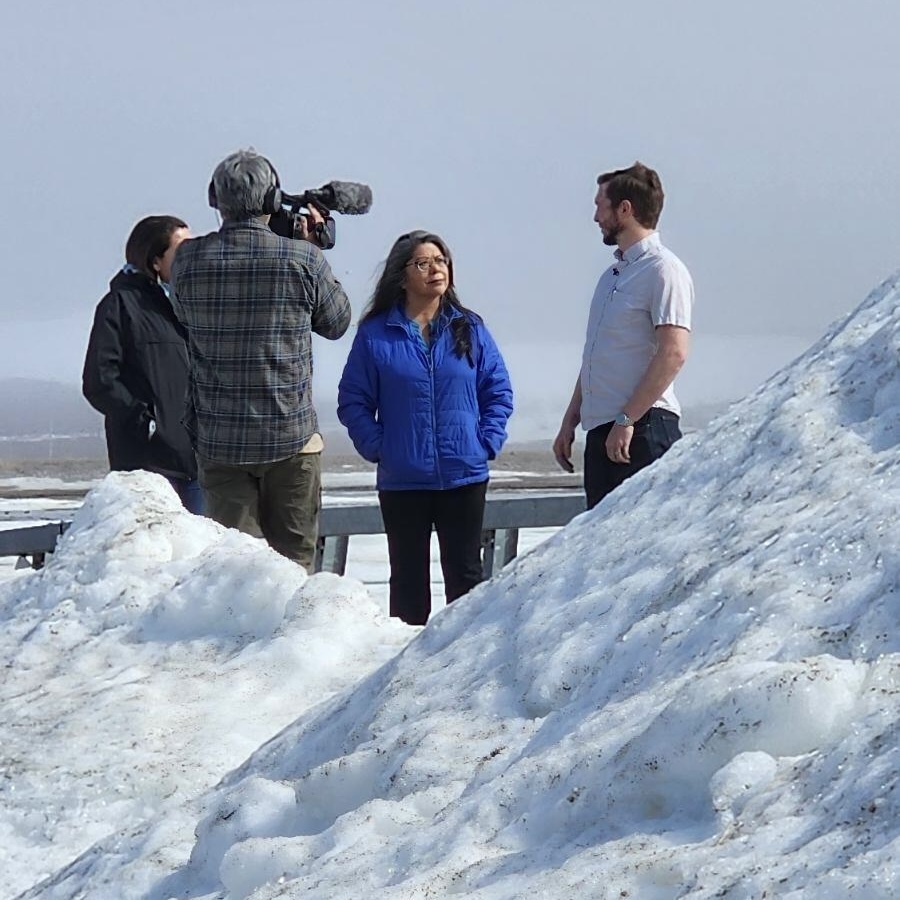
If the audience is interested in following this issue and the communities in the film, what do you recommend they keep an eye on in the future?
Mucciolo: A lot of energy around this is happening at a grassroots level. We’ve been able to keep up with a lot of what’s going on by following community groups on Facebook, because that’s where the community talks to each other. There are also local organizations involved in villages’ climate resilience efforts, to follow. For example, there’s an organization called the Alaska Wildlife Alliance, and they do a lot of work directly with some of these communities on climate adaptation planning. The Alaska Native Tribal Health Consortium does some work directly with some of these communities. Their January 2024 report on the unmet needs of Alaska Native villages provides an assessment and recommendations for the communities most at risk.
Is there anything else you’d like to leave people with?
Talahongva: I’d like to say that we were very honored that people in these communities shared their food with us because it’s not easy to get their food. They hunt for the entire year. We ate salmon, of course, but we also ate whale, beluga whale, and we had smoked salmon soaked in seal oil. And then, in a scene that did not make it into the film, we ended up going to California to meet Agatha Napoleon’s daughters and granddaughters, who now live there. They made Akutaq for us, which is commonly known as Eskimo ice cream. But it’s made from the cloudberries that you see me eating in the film. It was such an amazing experience to eat their food. Agatha’s daughters told us that the food, when they eat it, it warms up their bodies and so being in California, they don’t eat their food in the summertime because they get hot. We really were very happy that we were able to try some of their food and it was all very good.
Watch the full documentary Alaska’s Vanishing Native Villages:
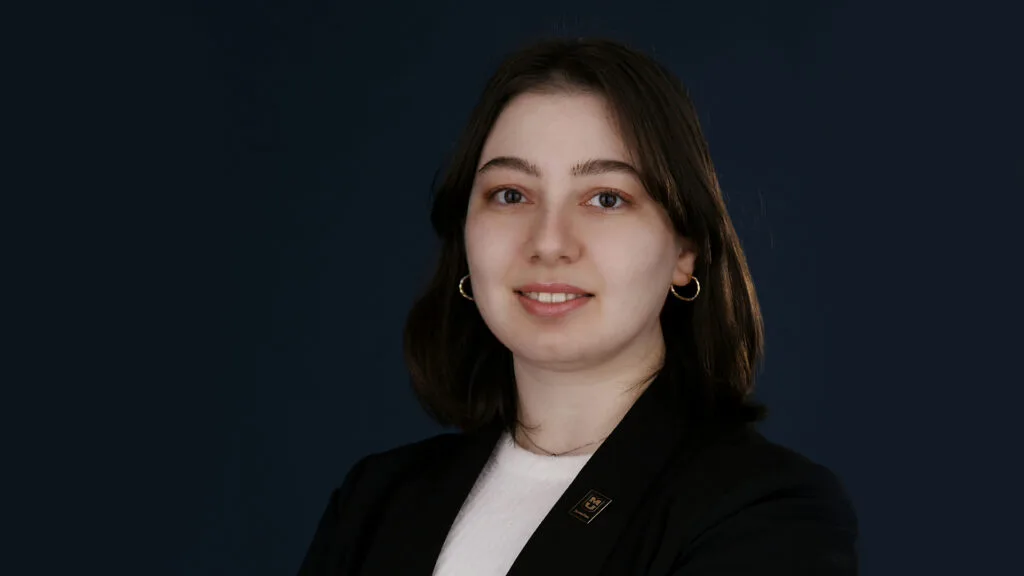
Related Documentaries
Latest Documentaries
Related Stories
Related Stories
Policies
Teacher Center
Funding for FRONTLINE is provided through the support of PBS viewers and by the Corporation for Public Broadcasting. Additional funding is provided by the Abrams Foundation; Park Foundation; the John D. and Catherine T. MacArthur Foundation; and the FRONTLINE Journalism Fund with major support from Jon and Jo Ann Hagler on behalf of the Jon L. Hagler Foundation, and additional support from Koo and Patricia Yuen. FRONTLINE is a registered trademark of WGBH Educational Foundation. Web Site Copyright ©1995-2025 WGBH Educational Foundation. PBS is a 501(c)(3) not-for-profit organization.



